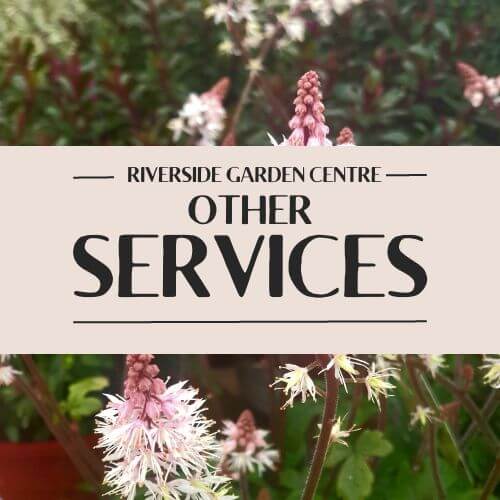Shed care and allotment DIY
Posted By: rocket veg Category: Seasonal AdviceWith a bit of luck, February is the month when we are might get a brief spell of dry, warmer weather, a welcome break from the cold, dark and wet days of January. Assuming that you left your precious allotment plot in good shape last autumn – adding manure and homemade compost, preserving the fragile soil structure with a cover of fleece, and protecting over-wintering crops from the ravages of the weather – a couple of dry days in February provide the perfect window of opportunity to carry out various maintenance jobs, or do a spot of building work to enhance your growing space. These jobs are best done while you have time before the busy growing season gets underway, so here are a few reminders and a couple of suggestions.
Shed care and repair
A good number of the sheds on allotment sites across Bristol have been standing for a many years. I first had an allotment in the early 1980s and remember a man, employed by City Council maybe, who turned up once a year and worked his way round the site, giving every shed a good coating of creosote. These days are long since gone – as has creosote - and responsibility for keeping sheds in good state now rests with us tenants. Winter gales (we’ve had a few already this year) are good at finding weaknesses in sheds, roof covering in particular, tearing off felt and loose timberwork. The old ‘stitch in time’ adage holds true here, far better to tack down a corner of torn roofing felt than having to re-cover the whole roof. When it comes to protecting the shed itself, there are many environmentally friendly timber care products on the market, in a great range of colours too, so no longer any excuses for having to use boring brown. Choose a warm, dry day to undertake this task.
If your shed doesn’t already have a simple system to gather and store rainwater, consider fitting guttering and a suitable butt.
Create some raised beds
Much has been written about the advantages of growing vegetable in raised beds and the virtues of managing small, easily accessed spaces with free-draining soil which warms quicker in spring. Raised beds have the added advantage of providing a barrier which deters pests such as slugs and snails. I have two small raised beds which I built specially for growing a range of salad crops: lettuces, radishes, rocket and pak choi, beetroot and spring onions. The size of the beds seems to work well with the scale of these crops and their specific growing requirements and I generally get good results.
Raised beds can be constructed from a range of materials, so take a wander round your allotment site for ideas and inspiration. The sides of raised beds are generally constructed from wood and recycled timber is perfect for the job, but certainly will not last as long as pressure treated wood. When it comes to planning the size, aim to make a bed the centre of which can be reached without undue stretching. Once the frames are in positon, remove the turf in between the beds and turn this upside down in the bottom of the new beds where it will rot down and produce wonderful topsoil.
Spruce up your paths
Although I love the grass paths on my allotment, it goes without saying that it needs cutting on a regular basis from March to October and the surface suffers badly during the winter. If like me you prefer grass paths, edging them with planks, reclaimed roofing tiles, slates or similar, not only improves the overall appearance and is a real boon when it comes to cutting, but also deters weeds such as dandelions and couch grass from spreading into the veg beds. An alternative to grass pathways is to use a thick layer of bark or wood chippings with a layer of weed retarding membrane underneath. Other solutions for paths are reclaimed paving slabs, bricks etc. but avoid using gravel or similar material as it will eventually work its way into the soil and cause a problem in the future.
Make a simple cold frame
A cold frame is a real bonus on an allotment, the perfect place to germinate seed and bring on seedlings to the point where they can be planted in open ground. Again, seek inspiration from other allotment sites – such as the simple solution of a discarded window resting on a few house bricks.
What will your project be this spring?







